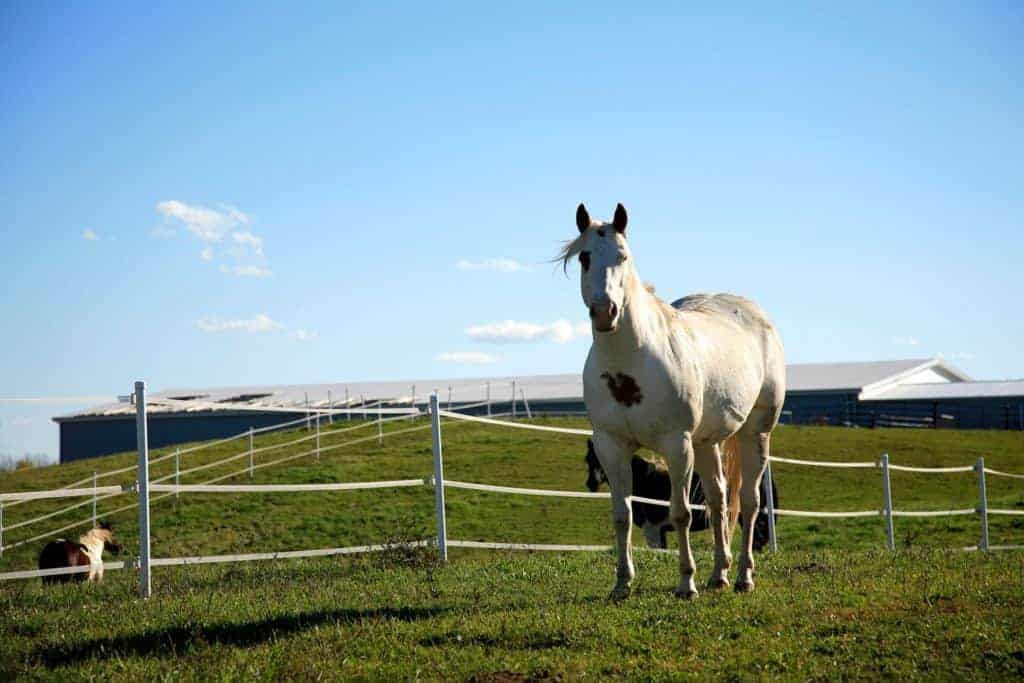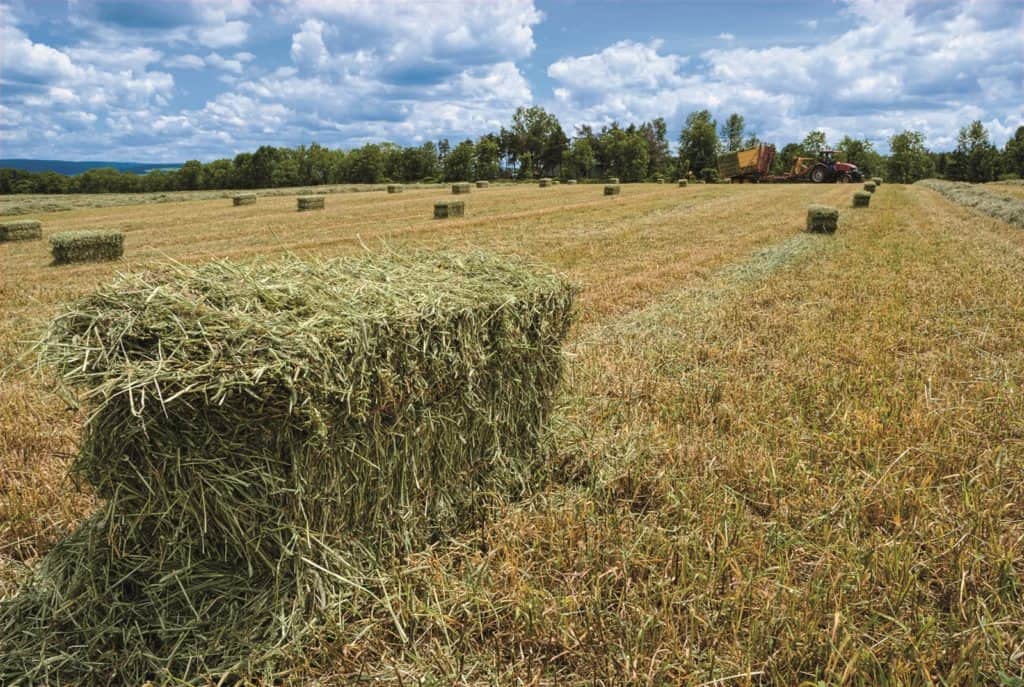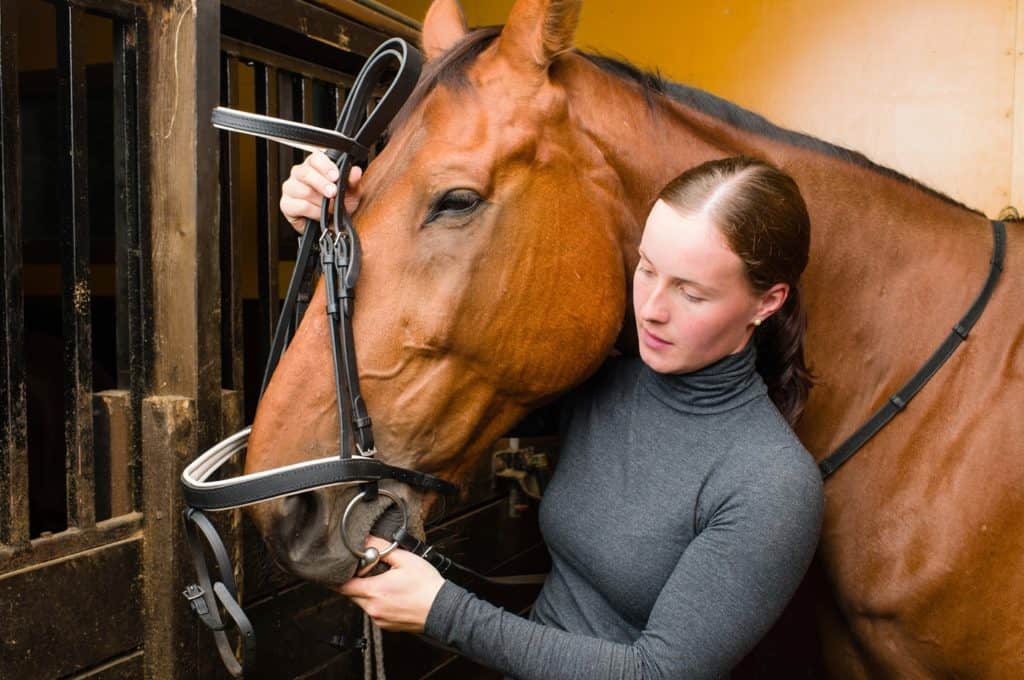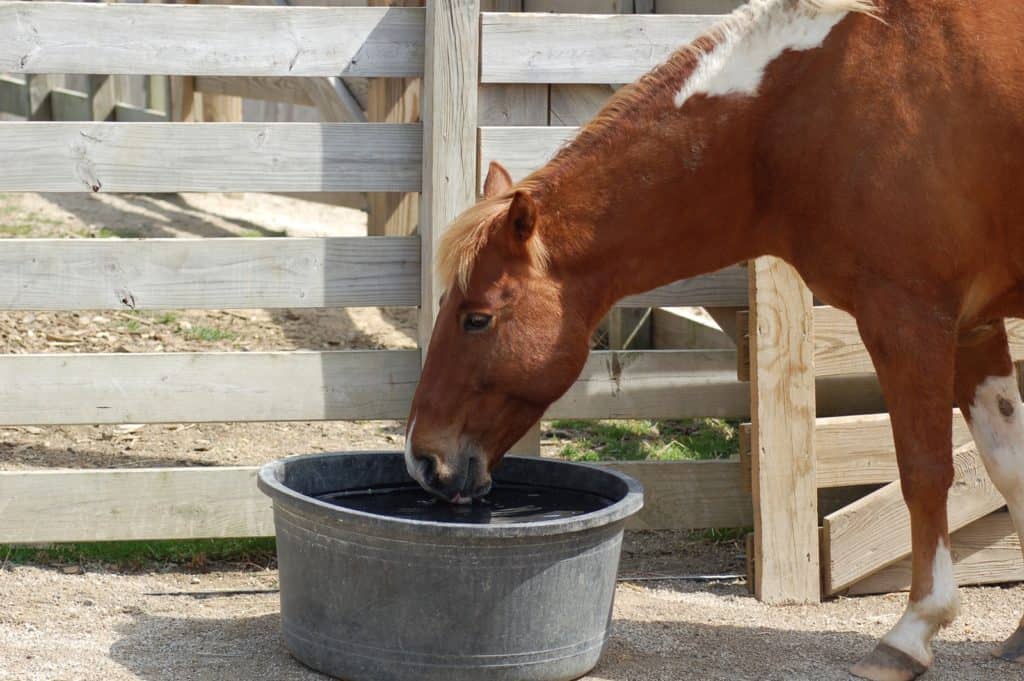
2017 UK Equine Farm, Facilities Expo to be Held June 8
Attendees can receive tips on barn design, farm site planning, nutrient intake regulation, pasture management, and more.

Attendees can receive tips on barn design, farm site planning, nutrient intake regulation, pasture management, and more.

Our staff and sources share some of their top tips for pasturing and turning out horses.

A saddle fitter shares some early warning signs that your tack and your horse’s back aren’t meshing.

Our staff and sources offer ways you can save time during feeding time.

With parasites’ growing resistance to anthelmintic drugs, owners must focus their control efforts on another area: pasture management.

Of the 832 poll respondents, 285 (34%) say feed and hay will be their most expensive equine-related purchase this year.

Here’s what to do with that huge mound of stall waste piling up behind the barn.

You know cleaning and disinfecting exposed surfaces helps prevent disease spread, but what’s the best way to do it?

Panelists discussed the potential impact on equine trade, identification, biosecurity, competition travel, and more.

Here’s a guide to buying a vehicle to haul your horses.

A properly fitting saddle is key to keeping any ridden horse healthy and performing at its best.

Lectures will focus on reducing tall fescue toxicosis, the top toxins for horses in Kentucky, weed control, and more.

Three equine professionals offer tips for preparing your animals, facilities, and yourself for the deep freeze ahead.

My horse is “reverse bridle shy.” What can I do to help this habit?

The team tested how much pressure compression and standing wraps exert–and with what consistency–on horses’ legs.

Of the 1,413 respondents, 936 (66%) said their horses get water from a trough or bucket that they fill manually.
Stay on top of the most recent Horse Health news with
"*" indicates required fields